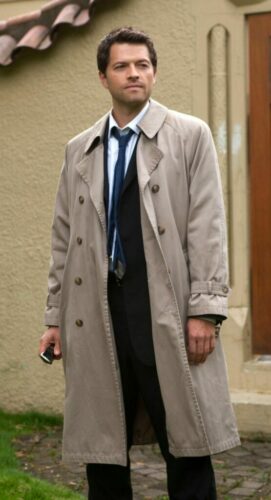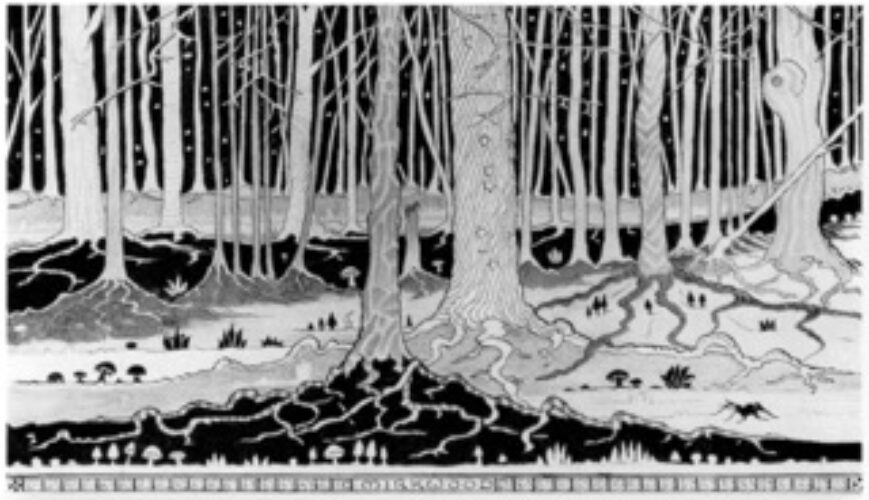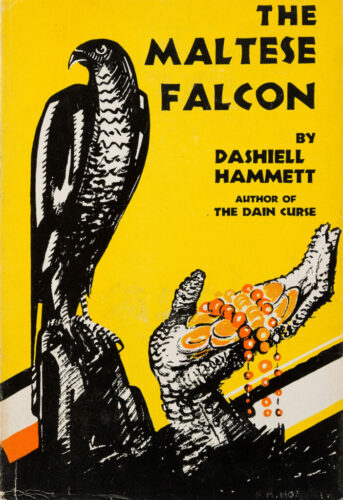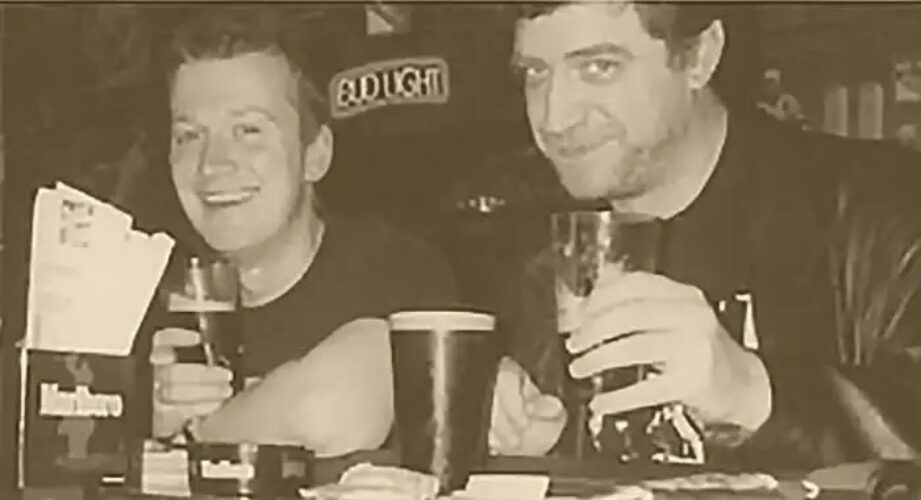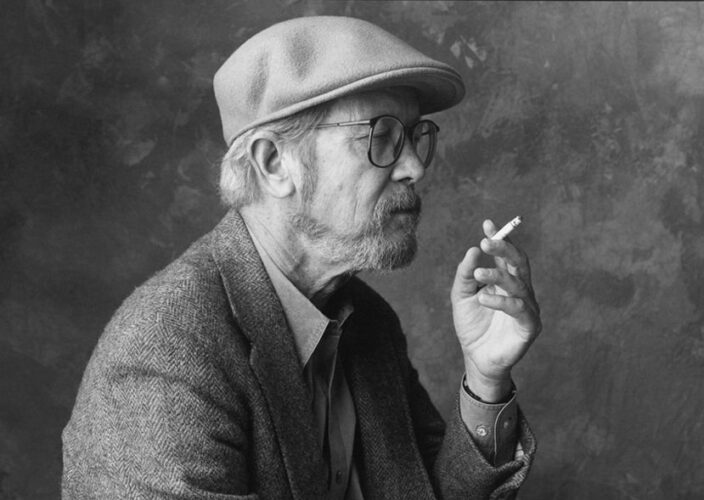Mirkwood (II: Rhosgobel)
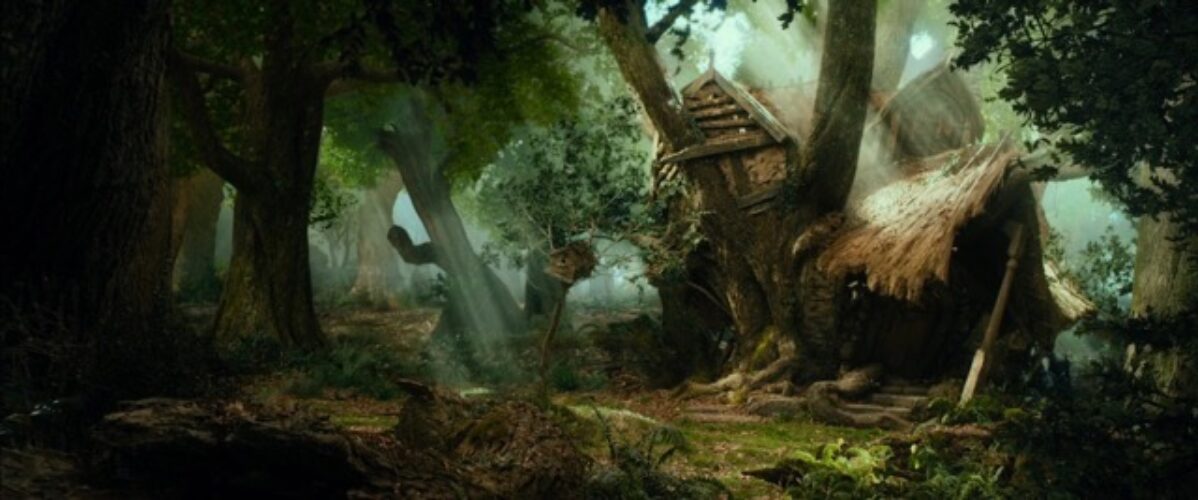
- Names: Rhosgobel (Sindarin?: “brown village”, or “russet town/enclosure”)
- Description: Rhosgobel is wizard Radagast the Brown’s home “near the borders of Mirkwood.”[1] It appears to be a house or enclosure, although Tolkien doesn’t describe it very much. Given Radagast’s proclivity for wildlife and particularly birds, we can assume Rhosgobel is a weird hippie aviary. By the end of The Lord of the Rings, Radagast has vacated Rhosgobel.
- Filming locations: Stone Street Studios, Miramar, Wellington, North Island
Rhosgobel, the wizard Radagast’s homestead, lies on “the forest borders between the Carrock and the Old Forest Road.”[2] Tolkien includes few other details about it. Unfinished Tales glosses Rhosgobel as “russet enclosure,” suggesting that it’s private land. The wizard’s lair refuses to be described.

Its occupant, Radagast the Brown, is the wizard Francis of Assisi, “a master of shapes and changes of hue” who “has much lore of herbs and beasts, and birds are especially his friends.”[3] Radagast is more reclusive than his fellow wizards Gandalf and Saruman, although he may be more outgoing than the Blue Wizards, two permanently offstage pieces of trivia. Rhosgobel’s positioning near Mirkwood lets Radagast watch for Sauron and monitor the forest’s decline, as well as be close to nature.
Radagast is one of the Istari, or Five Wizards, whom the Valar send to Middle-earth “to move Elves and Men to beware of their peril”[4] from Sauron. The wizards’ career begins at Mirkwood, meaning Radagast is the most ideally placed to monitor it. Like all the other wizards except Gandalf, Radagast strays from his charge, preferring birdwatching to sorcerer-fighting. At the Council of Elrond, Gandalf says when he convenes with Radagast, “he is one of my order, but I had not seen him for many a year.”[5]
With Radagast, Tolkien explores the trope of a wizard as a hermit. The Hobbit film trilogy emphasizes this, showing Rhosgobel is a house with a tree growing through it, metastasizing into a mess of tangled branches and roots across its wooden floors, surrounded by magical paraphernalia. Artist Alan Lee cites author T. H. White’s depiction of Merlin in The Sword in the Stone as an influence. John Garth points out that Radagast almost shares a name with the Slavic god Radegast, putting him in a tradition with the Carpathian Mountains and Slavic Dracula.
We can’t talk about the Hobbit trilogy without discussing Sylvester McCoy’s portrayal of Radagast. We’re Eruditorum Press, so we can’t escape McCoy’s connections to Doctor Who, where he played the mercurial Seventh Doctor. Like Radagast, the Seventh Doctor sticks to the margins, playing observer more than actor, although the Doctor is sinister in a way Radagast couldn’t dream of being. Similarly he falls into cosmic plans, but again, Radagast never takes the Doctor’s Machiavellian path.

McCoy plays both characters as slightly cheeky but deceptively insightful, although unlike the Doctor, Radagast allows birds to nest under his hat and has bird shit caked on his face, a detail whose absence from Doctor Who is clearly a flaw.…

